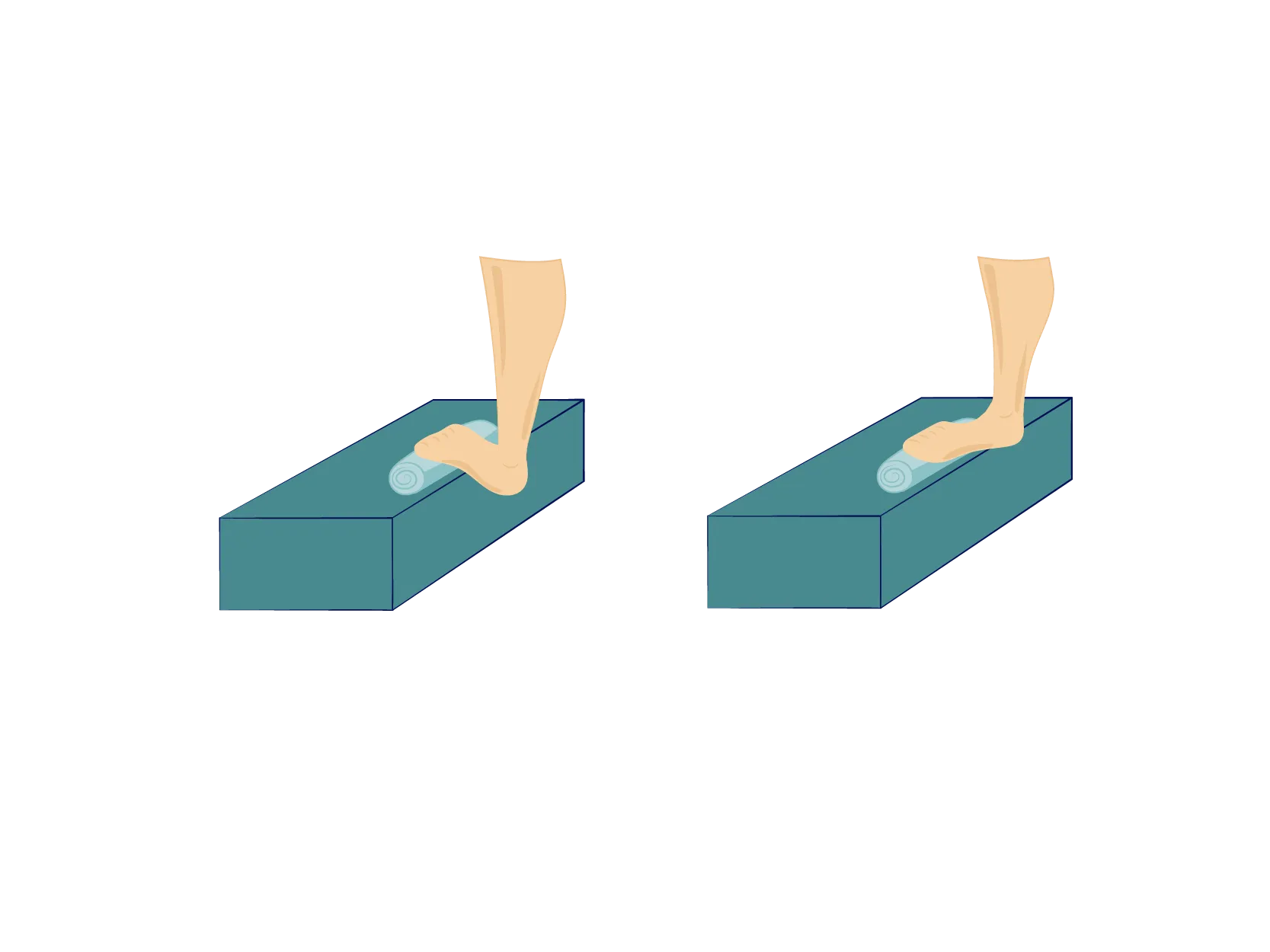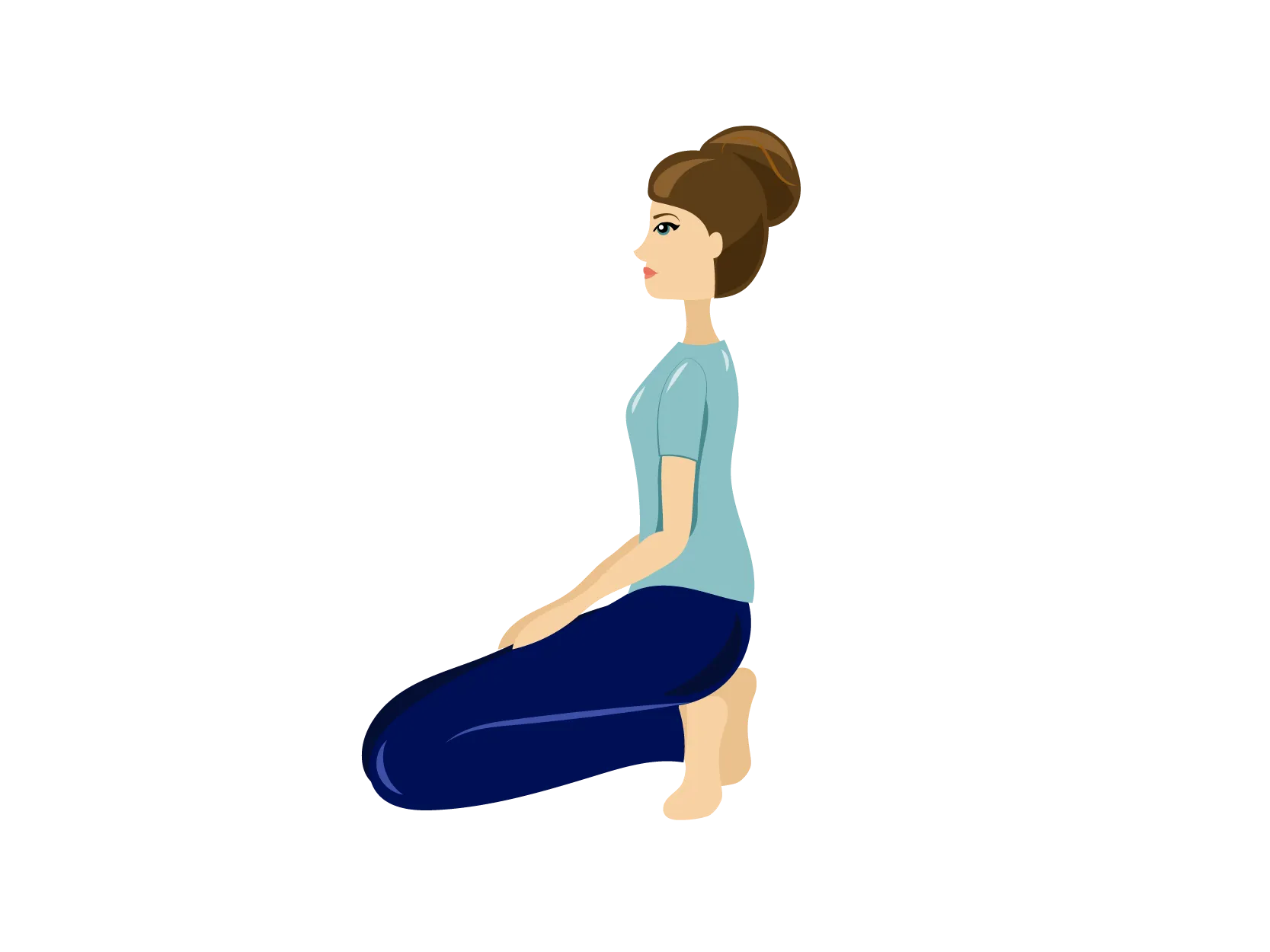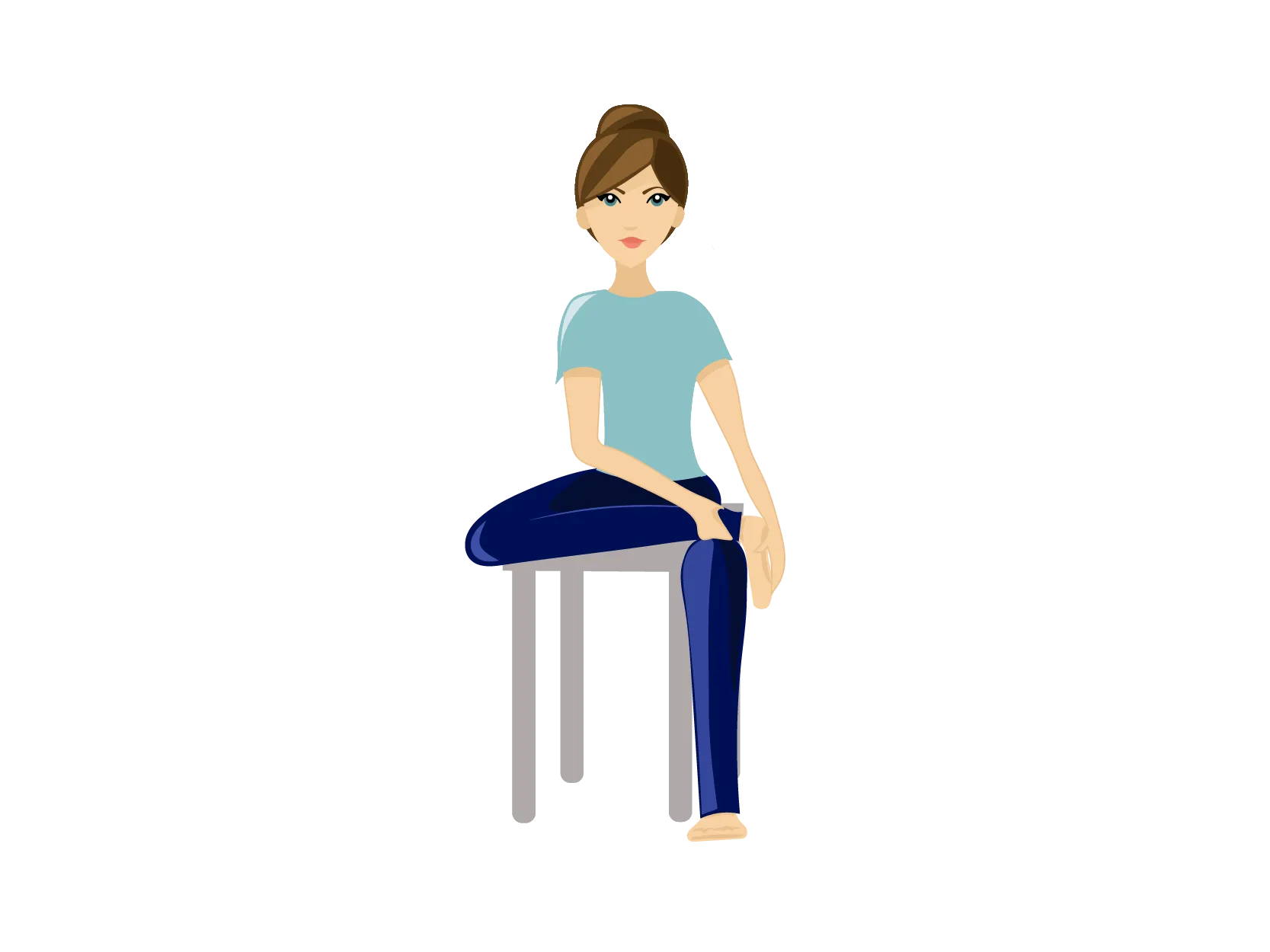Cause and symptoms
A heel spur is a bone growth - called a spur. This growth sits on the heel bone and can develop due to overloading of the hamstrings, which runs under the foot from the heel to your toes. An overload of the hamstring can cause a state of irritation and if this is pressed by the heel spur, e.g. when walking and running, pain will occur.

One cause of a heel spur can be overload in connection with increased physical activity, incorrect positioning of the foot, e.g. flat feet, overweight or wearing footwear without sufficient shock absorption and support.
The symptoms will typically be pain with the first steps when you get up in the morning, but often the pain will subside when you start to move and the foot warms up.
It can take up to two years for you to feel the familiar discomfort from the heel spur. However, it is often with varying intensity.
What can you do yourself
If you experience symptoms of a heel spur, relieve your heel as much as possible.
There are special jelly heel cups which are placed in your regular closed shoes and which are shock absorbing on the heel.
You should reduce or completely stop doing the activities that aggravate the pain. However, this does not mean that you have to stop being physically active, but can try to relieve the foot as much as possible, e.g. by taking the bicycle instead of walking. You can train other parts of your body and adapt your activities so that you avoid inactivity.
When the pain has subsided significantly and you want to return to your activities again, it is important that you gradually increase the intensity and duration to avoid a new overload.





